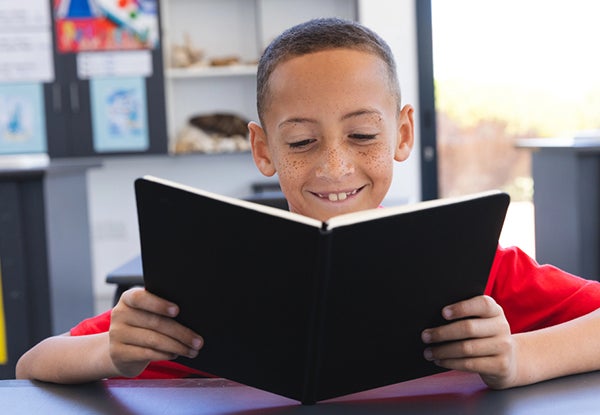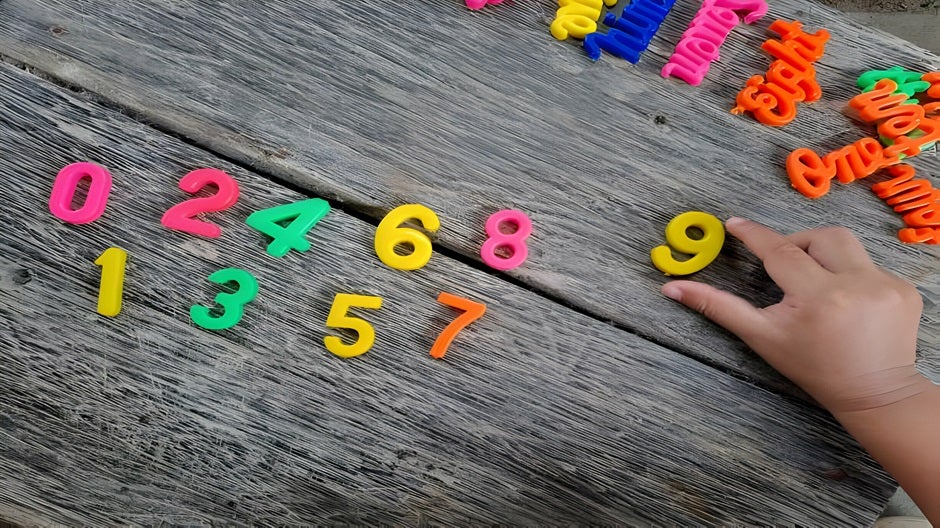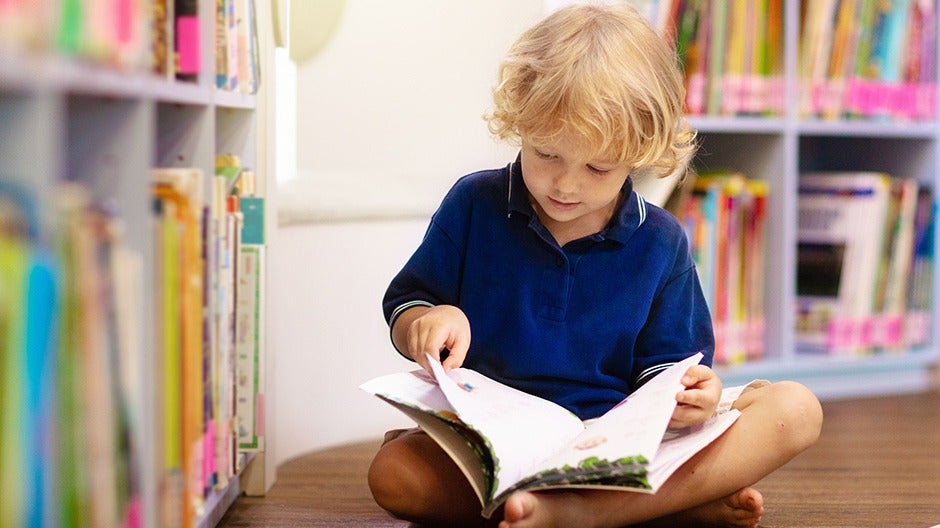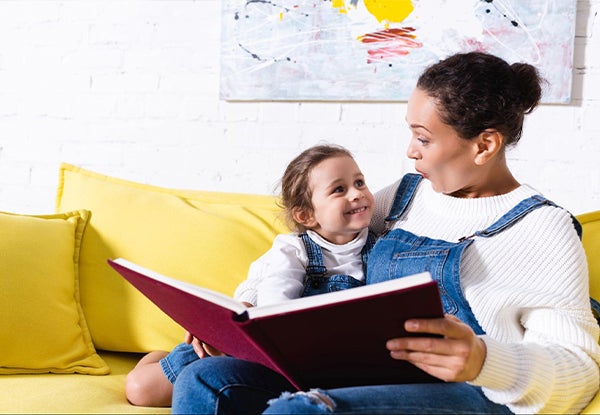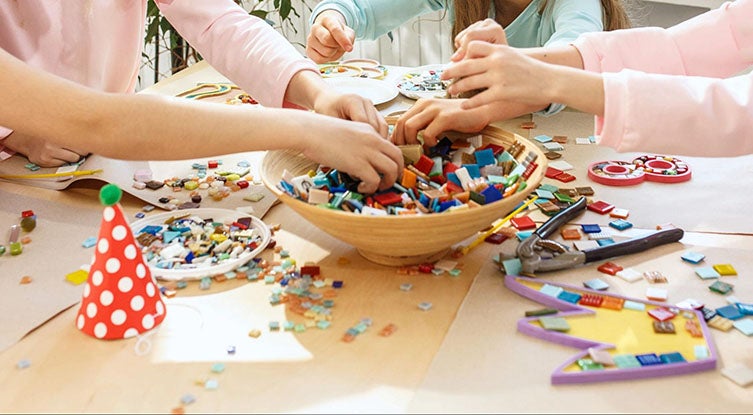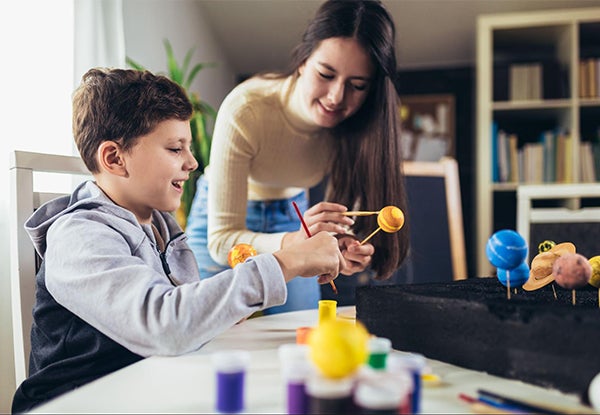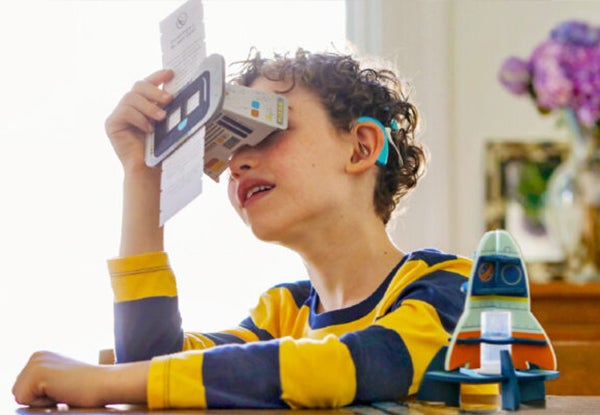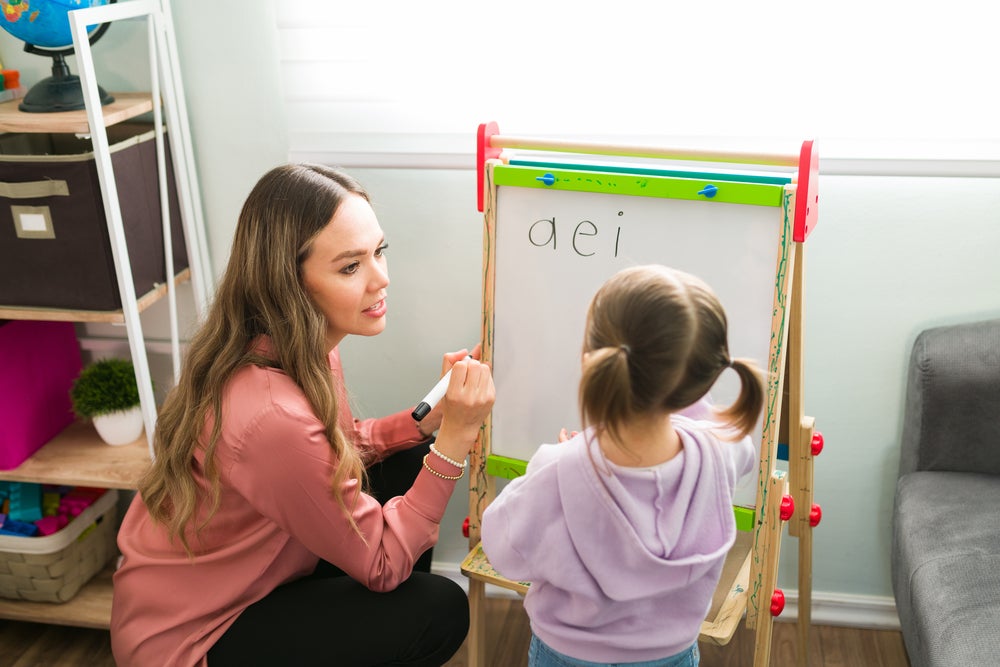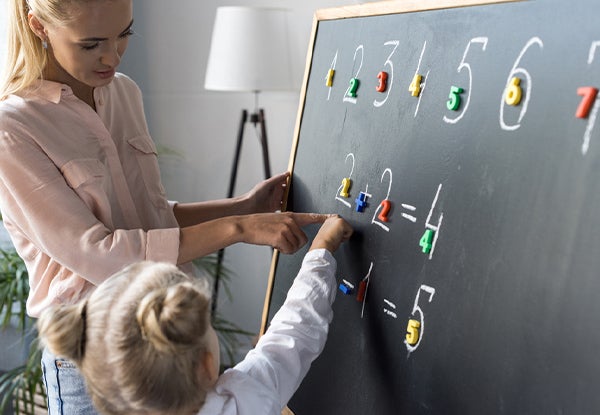One of the best ways to help your child become a better reader is to practice sight words. Each grade level has a recommended list of these words to practice. In this guide, we’ll dive into 3rd-grade sight words.
You’ll discover why sight words are so important to practice, a list of 3rd-grade sight words, and tips to help your child learn these words in a fun and engaging way. Let’s get started!
Table of Contents
- Why Sight Words Are Important
- 3rd-Grade Sight Word List
- A Guide for Teaching 3rd-Grade Sight Words at Home
- 3rd-Grade Sight Word Games and Activities
Why Sight Words Are Important
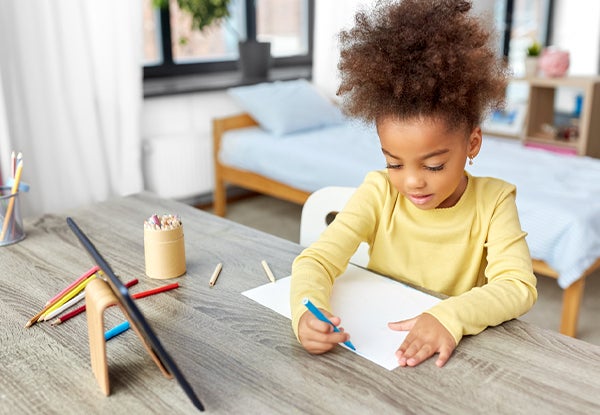
Sight words are also called high-frequency words. These words make up a large portion of the text your child will read. Research has shown that sight words make up 50-75% of all written material.
Reading these words on sight (without having to sound them out) allows your child to focus on the meaning and comprehension of the text, helping improve their reading fluency and speed.
Here are some benefits of mastering the sight words for each grade level:
- Builds confidence in reading: As your child becomes more familiar with sight words, they’ll feel more confident and less frustrated with reading. This can spark a love of reading that’ll last a lifetime.
- Improves comprehension: Many sight words don’t follow typical spelling patterns, making them hard to sound out. Recognizing these words at a glance allows your child to focus on the meaning of the text instead of struggling through individual words.
- Develops fluency: Practicing sight words helps improve reading speed and accuracy, leading to a smoother, more enjoyable reading experience.
- Boosts spelling: Reading and spelling go hand in hand. As your child reads and recognizes sight words, they’ll become more familiar with their spelling.
3rd-Grade Sight Word List
Now that you understand the importance of sight words, let’s look at the Dolch Word List for 3rd grade. These are words most students can read by the end of third grade.
- about
- better
- bring
- carry
- clean
- cut
- done
- draw
- drink
- eight
- fall
- far
- full
- got
- grow
- hold
- hot
- hurt
- if
- keep
- kind
- laugh
- light
- long
- much
- myself
- never
- only
- own
- pick
- seven
- shall
- show
- six
- small
- start
- ten
- today
- together
- try
- warm
Tips for Teaching 3rd-Grade Sight Words at Home

Practicing sight words at home is a great way to help your child become a stronger reader. Here are some practical tips for teaching 3rd-grade sight words at home.
Read Together
Your third grader isn’t too big to read with you! Take turns reading aloud. As you do, your child will have plenty of opportunity to practice reading sight words in context.
Encourage Independent Reading Time
Set aside some time each day for your child to read independently. Provide them with books that contain familiar sight words, so they can practice reading them on their own.
Use Flash Cards
Flash cards are a good tool for practicing sight words. Write each sight word on an index card to make your own set.
You can use flash cards to:
- Do quick drills
- Play Memory (you’ll need two of each word)
- Make up silly sentences
Integrate Technology
The HOMER app from Begin helps your child with sight words and other essential core skills. Our program delivers playful learning to keep learners engaged and entertained. Allowing your child to use this app for just 15 minutes a day can really improve their reading.
Encourage Reading in Different Contexts
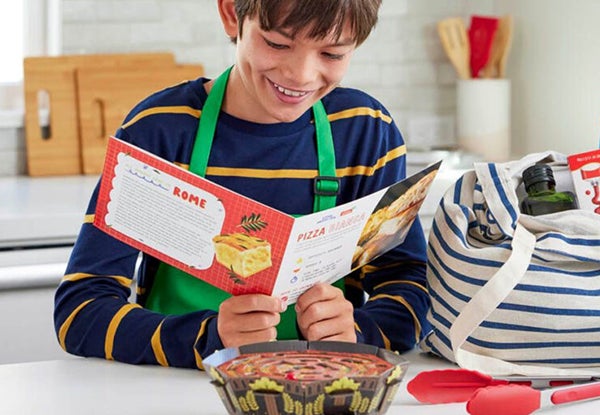
Reading doesn’t have to be limited to books. Encourage your child to read signs, labels, and other text they encounter daily.
Here are a few ideas for getting more words in front of your child:
- Help them cook a simple dish (Kitchen Adventures from Little Passports makes this easy!) and have them read the recipe aloud before they begin.
- Ask them to help you write your shopping list and look for each item at the grocery store.
- Ask them to read signs along the road and help you look for a specific exit or street.
- Print out directions for a craft (or use a Craft Discovery subscription), ask your child to read them aloud, and then enjoy completing the craft together.
- When you visit zoos, museums, or other places where informational text is readily available, pick up educational pamphlets or brochures for your child to read.
Stay Positive
Some sight words will come more easily than others. It’s important to stay positive and encouraging as your reader learns to master certain words.
Here are a few ways to cheer your child on:
- That was a tricky word; I’m proud of you for trying!
- I’m proud of how hard you’re working on these sight words.
- Let’s take a break and come back to this word later.
- That word gave you trouble yesterday, but you nailed it today!
Your attitude and encouragement can impact your child’s confidence as they learn new sight words.
Practice Daily
Regular practice sessions keep sight words fresh. Get into the habit of practicing sight words for a few minutes each day. You’ll soon notice a difference in your child’s reading skills and confidence.
3rd-Grade Sight Word Games and Activities
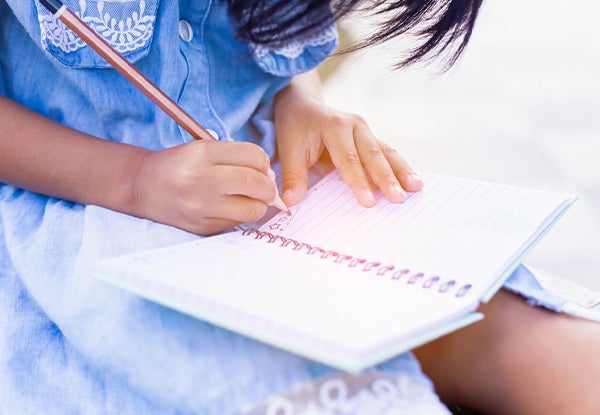
Here are some hands-on games and activities you can try to keep your 3rd grade sight word sessions from becoming boring or repetitive.
1) Story Time
You’re sure to get some laughs with this activity! Write sight words on several index cards, one per card. Then ask your child to line the cards up in a way that creates a funny story.
2) Use It in a Sentence
Once your child correctly reads a sight word from a flash card, have them use it in a sentence. For example, if they read the word “never,” they might say: “I will never know what it’s like to be a bird.”
Using a word in a sentence provides context, which can help it make sense. The next time your third grader sees that word, they’ll be able to think back to their sentence and be more confident in reading it.
3) Word Scramble
Write each sight word on a strip of paper,cut it into individual letters, and then mix the letters up. Ask your child to unscramble the letters to form the word and read it aloud.
They’ll have to rely on their knowledge of the word’s letters to put it back together, which can help improve their spelling.
4) Sight Word Snowball Fight
This fun activity allows you to have an indoor “snowball” fight while practicing sight words. Write each word on white paper and scrunch it up like a snowball.
Then have a mini snowball fight, throwing the “snowballs” at each other. Each time your child picks one up, have them uncrumple the paper and read the word before turning it back into a snowball to throw.
When cleaning up, ask your child to read all the words one last time before putting the snowballs away for another day.
This game provides plenty of opportunities for repeated reading of the same word, which helps with memorization.
5) Shaving Cream Sight Words
Spray some shaving cream on a counter or other appropriate surface, and ask your child to write each sight word in the foam with their finger. After they write one, have them read it aloud before erasing it with their hand.
This sensory activity allows your child to engage with sight words in a different way, making it more memorable and fun.
6) Illustrate the Words
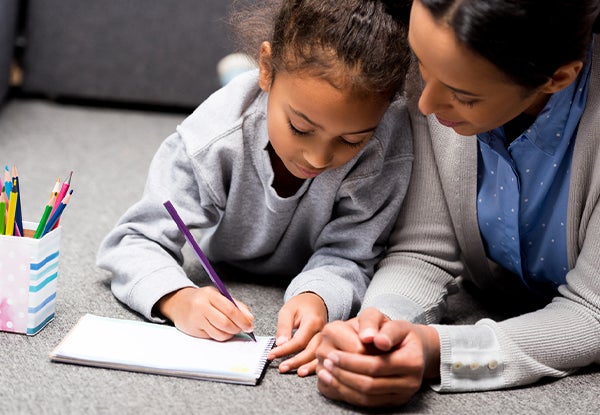
Give your child index cards and crayons, and ask them to draw a picture representing each sight word. For example, if the word is laugh, they could draw a person laughing. They may need to get creative with words like done and if, which will provide a nice challenge.
Once they’ve illustrated each word, play a matching game. You’ll need their illustration flash cards and another set with each word written out to do this.
Shuffle the cards and spread them out, face down. Take turns flipping over two cards and seeing if they match. If they do, take another turn. If not, flip them back over, and the next player takes a turn.
The player with the most matches at the end wins!
Make Reading Practice Fun with Begin
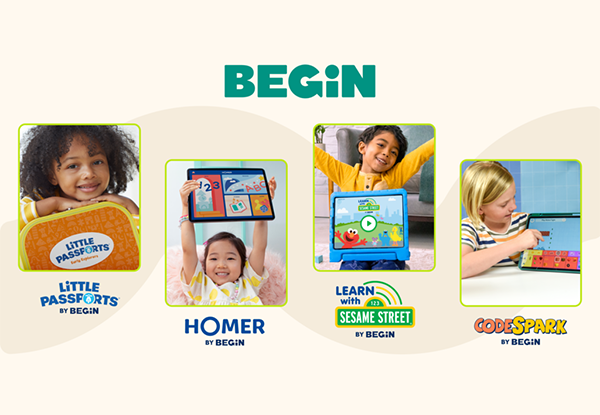
There are countless ways to make practicing 3rd-grade sight words more enjoyable. The key is to find activities that keep your child’s attention and interest.
Begin makes play-based learning easy with our award-winning programs. Whether your child is playing sight word games on the HOMER app or reading the directions in a hands-on kit from Little Passports, we have resources to make learning fun.
Use our line of products to turn sight word practice into playtime, and watch your child’s reading confidence grow!
